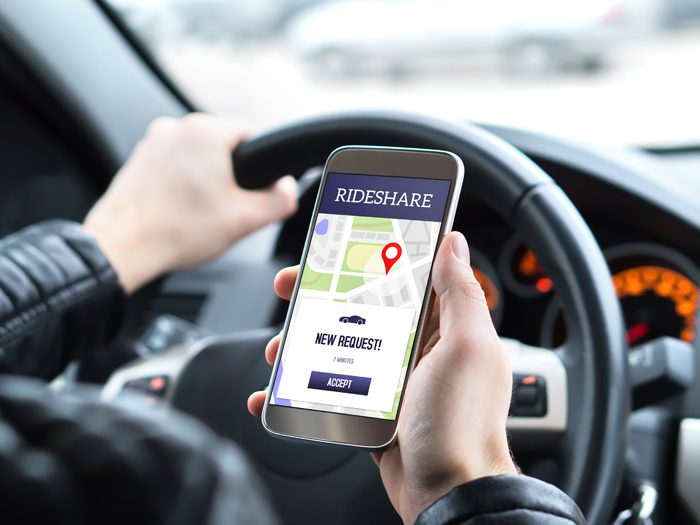Uber Acknowledges 6,000 Sexual Assault Complaints in Two Years

Uber released its first U.S. Safety Report on December 5, breaking down the type and frequency of reported safety incidents and unveiling its plans to reduce them.
The results underscore the dangerous effects of growing too big, too fast and reveal a company attempting to right documented wrongs.
Key Findings from the Report
Over 2017 and 2018, Uber received 5,981 allegations of sexual assault, defined as unwanted kissing or touching, and including rape. It also counted 19 deaths resulting from physical assault either during or within 48 hours after an Uber ride.
Rides involving reported serious safety incidents constituted less than 1% of the 2.3 billion rides Americans took over those two years.
Drivers and riders are nearly of equal blame. In sexual assault cases, drivers were the accused party 54% of the time and riders 42% of the time.
What’s Not Included
The study did not include reports of physical assault resulting in injury, but not death. It also doesn’t account for sexual misconduct that doesn’t involve physical contact, including masturbation, asking for sex, or other lewd and vulgar language.
As in any study of sexual assault, there are likely to be many more cases that went unreported. These gaps suggest that Uber’s safety problems may be even larger than they are projecting.
Possible Next Steps:
Uber has been criticized in the past for not conducting background checks of its drivers as thoroughly and as often as they should. The new report states that the company will be conducting background screens on a continuous basis.
Uber has also developed a “panic button” for its app that allows riders or drivers to connect to emergency services in the event of an assault, and it has long included a feature allowing riders to share their trip progress with a designated third party, so someone knows where the rider is and can see if a trip has gone off course.
Uber is also debating whether it should ask drivers to install dashboard cameras and audio recording devices. While these tools would likely deter incidents and help to corroborate victims’ accusations, it also toes the line of privacy invasion.
The same is true when it comes to sharing information with authorities or with other ride-sharing platforms.
According to an NPR report, Chicago law requires ride-sharing companies to provide the names of drivers who have been banned from their platforms, which they then pass along to other companies.
A driver may be banned, however, without any evidence supporting an accuser’s case. The ban does not mean that a rigorous investigation took place and does not confirm that the driver actually committed the act he or she is accused of. There is some concern that sharing information could lead to unfair discrimination against innocent drivers.
Privacy laws vary from state to state, and ultimately Uber will have to remain compliant with whatever statutes are in place where they operate.
Where the Response Is Lacking
Beyond the proposal to install video cameras, the company does not specifically address how it will protect its drivers from violent riders, given that riders were responsible for nearly half of sexual assaults.
This bleeds into another issue besieging the company — the debate over whether drivers are employees or independent contractors and how that influences Uber’s obligations toward them. How far does the company have to go to keep drivers safe, and how much responsibility do they have to accept for their misconduct?
Some states have passed legislation requiring Uber to classify drivers as employees, but the company is fighting those changes. It has promised to conduct a new safety report each year and continue updating its processes to improve weaknesses, but the driver classification issue is likely to be a sticking point for some time.
The Takeaway
The release of the safety report is seemingly part of Uber’s plan to claw back public confidence.
The company experienced rapid growth almost as soon as it first started up in 2009, becoming a multi-billion-dollar company in just a couple of years.
But it never appreciated the potential for misconduct inherent in their model — placing strangers together in a car when neither party has been thoroughly screened — and did not anticipate the challenges of policing such a massive fleet of drives.
It has been dogged by scandal and bad press in recent years that tarnished its reputation and sent stock prices plummeting.
By making the new report public, Uber is trying to demonstrate its commitment to fixing its safety flaws and doing so with transparency. Next year’s report will show whether they’ve been successful. &










